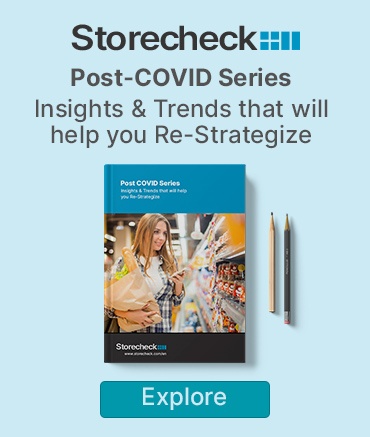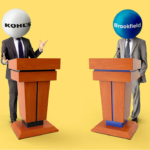Back to school is a huge event for Retailers and July and August retail campaigns usually just push out their respective back to school campaigns. Students going to schools and colleges drive consumer spending and have a huge economic impact on retailers, college/university towns and online marketplaces. From back to school supplies to clothes, to laptops to mattresses, this event is probably the second largest shopping event of the year after Christmas. This year’s BTS shopping spree is uncertain, Coresight Research expects back to school sales to decline between 8% and Deloitte projects spending will remain flat at $28.1 billion.
Back to School Retail Trends:
Shoppers will NOT shop around for supplies and would prefer to go to one retailer of their choice and preferably offers a Complete range of products at a bargain.
- Retailers should enhance their product portfolio to allow one window shopping experience and align their supply chain.
- Include a larger variety of back to school products which earlier they did not carry.
- Use Online Omni-Channel to offer convenience to consumers.
- Advertise local, even big box retailers should advertise with their communities to attract consumers within a radius of 5 to 10 km radius.
- Online Learning will derive Computer equipment, headphones,and relevant hardware. This segment needs to be enhanced.
- If space cannot be created for all back to school supplies, see, purchase and delivery can be a great option. Consumers see and test the products and it gets delivered at their doorstep. This will takeaway multiple inventory and merchandising issues to increase the range of products.
- Apparel sales will hit a new low, brands like American Eagle, Abercrombie & Fitch, and The Children’s Place, which are top back to school brands will suffer.
- Monitoring your markets as Back to School schedule is much more localized now, each city is planning its own schedule so going local is very important.
All the above planning is only possible if retailers have the entire front end and back end integrated with live data to monitor trends and send out triggers to relevant stakeholders to act briskly. Retail automation tools will be such an advantage here as all selling mediums, retail stores and online will converge and integrate with the backend supply chain. The need of the day is to be nimble and quick, times are uncertain and planning needs to be done realtime. For this we require Artificial Intelligence driven data tools to help management make decisions.










